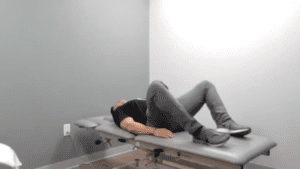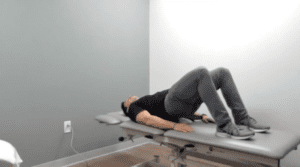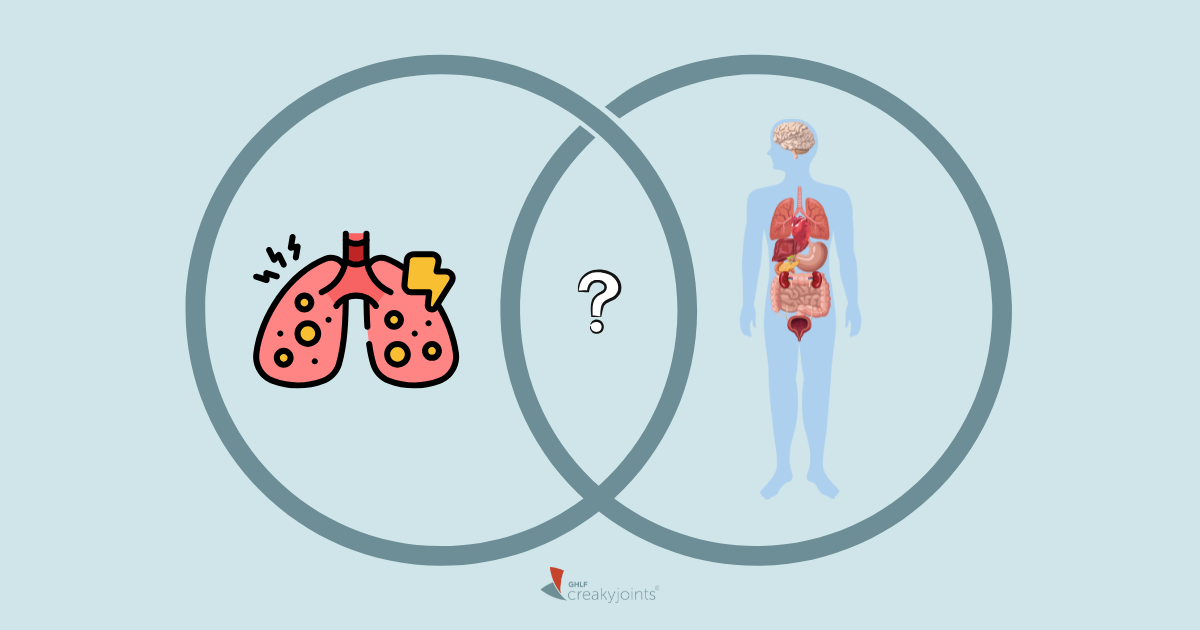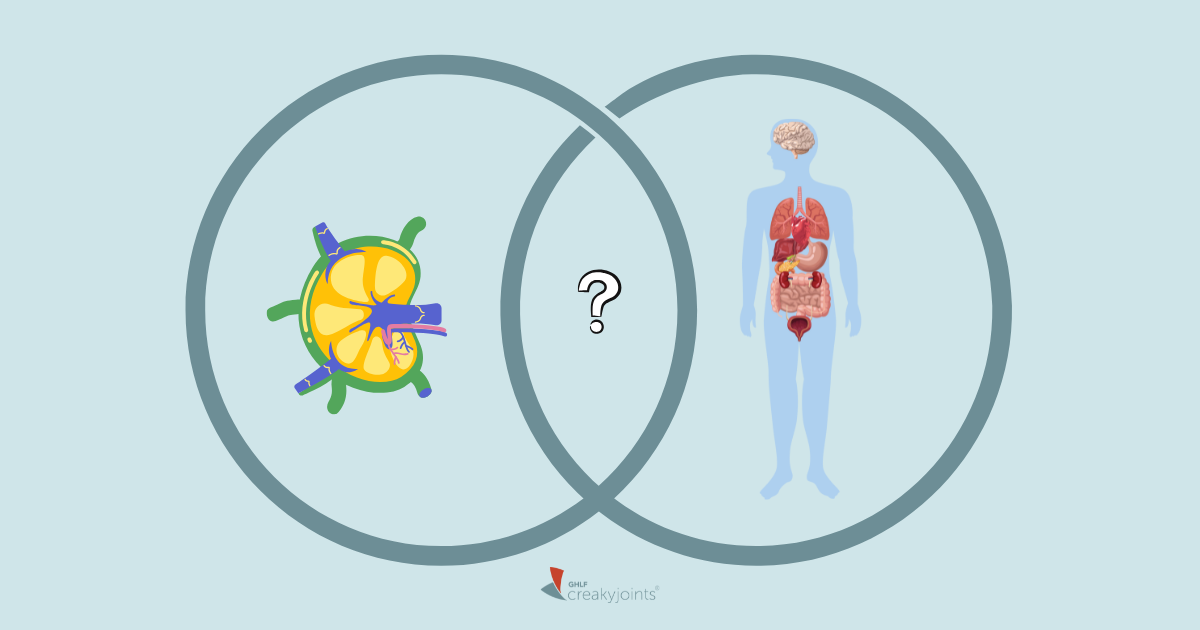If you live with inflammatory arthritis and are experiencing a flare or fatigue, exercise is likely the last thing on your mind. How can I think about exercise when I can’t even think about getting out of bed? It’s a common question asked by many patients, according to Anna Balakrishnan, LMSW, Social Work Coordinator – Latino Outreach in the Inflammatory Arthritis Support and Education Programs at Hospital for Special Surgery (HSS).
“In social work, we always think about meeting people where they are. In this case, it’s meeting yourself where you are — and being okay with starting there,” says Balakrishnan. As it applies to exercise, if you can’t imagine getting out of bed, start stretching while in bed.
HSS physical therapist Zack Rogers, PT, DPT, OCS, CSCS, offers guidance about exercising during a flare, and then walks you through four gentle mobility exercises that you can perform while lying down. The exercises were designed as part of a three-part video series presented by the Inflammatory Arthritis Support and Education Program at HSS for the Latinx community in collaboration with CreakyJoints Español.
When to Exercise, When to Rest
Should you exercise during a flare? That depends if the pain is manageable. “Every patient knows their body best. If you’re having a flare-up and feeling more pain than you’re used to, but the pain is manageable and not sharp — then yes, you can continue to exercise,” says Rogers. In this case, however, you should keep the exercise gentle and only focus on bodyweight exercises (no added resistance or free weights).
If the flare is much higher than baseline discomfort — and/or the pain is sharp — then don’t push through it and exercise, says Rogers. In this case, you’ll also want to monitor your symptoms and reach out to your health care provider for guidance.
Gentle Exercises to Try While Lying in Bed
When trying these exercises at home, keep in mind that they don’t have to be done all at once — and you can take as many breaks as you need. Also, the number of repetitions you perform will be based on your mobility and how you’re feeling that day.
Think about what movement looks like for you, says Rogers, and what works for you. “Get started with one set of clamshells in bed — and then one set of clamshells turns into two, and then that turns into putting arms over head, etc.”

Side-to-side motion – gentle mobility exercise for your lower back
- Lie flat on your back, with your arms relaxed by your side
- Bend your knees and place your feet flat on the bed parallel to each other
- Bring your knees side to side, rocking back and forth nice and slowly
- Perform 10 to 20 times to each side. (i.e. 2 sets x 10 reps to each side or 4 sets x 5 reps to each side)
- Safety caveat: Rotate your knees to each side in a comfortable range of motion for you. Your knees do not have to touch the bed and even small amounts of movement are helpful.

Clamshell — strengthens hips, glutes (butt), and pelvis and eases lower back tension
- Lie flat on your back, with your arms relaxed by your side
- Bend your knees and place your feet flat on the bed
- Bring your knees together in a nice, easy controlled motion
- Move the knees apart from each other to a point that is comfortable for you
- Bring them back to center again
- Perform 10 to 20 times (i.e. 2 sets x 10 reps or 4 sets x 5 reps)
- Safety caveat: Only move your knees apart from each other in a comfortable range of motion for you. The knees do not have to touch the bed.

Double-leg bridges — strengthens glutes, hamstring (back of thigh), and core stability
- Lie flat on your back, with your arms relaxed by your side
- Bend your knees and place your feet flat on the bed parallel to each other
- Place your hands on your sides
- Push through your feet
- Lift your buttocks in the air, and lower down slowly
- Perform 10 to 20 times (i.e. 2 sets x 10 reps or 4 sets x 5 reps)
- Safety caveat: Do not lift your buttocks too high where it causes an arch in your lower back.

Knee pull — eases pain and stiffness
- Lie flat on your back
- Bend knees and place your feet flat on the bed
- Pull one knee to your chest, hold for 30 seconds
- Lower slowly
- Bring other knee to chest, hold for 30 seconds
- Perform 2 sets x 30 seconds to each side or 3 sets x 30 seconds to each side
- Safety caveat: When pulling your knee to your chest, place hands under your knee and not on top of your knee.
Should You Use Ice or Heat After Exercise?
While many patients with inflammatory arthritis find that applying ice after exercise helps relieve sore muscles, others respond better to heat, especially if the pain is chronic (lasting more than three months). “I would try ice first for 15 to 20 minutes, once or twice a day,” says Rogers. “If this doesn’t work, I’d try heat next. You can also go back and forth between these two options.” Read more about using ice or heat for joint pain and swelling.
Track Your Symptoms with ArthritisPower
Join CreakyJoints’ patient-centered research registry and track symptoms like fatigue and pain. Learn more and sign up here.
Interview with Anna Balakrishnan, LMSW, Social Work Coordinator, Latino Outreach, at Hospital for Special Surgery (HSS).
Physical Activity and Inflammatory Arthritis/Actividad física y artritis inflamatoria. Inflammatory Arthritis Support and Education Program at HSS in collaboration with @CreakyJoints Español. Physical Activity and Inflammatory Arthritis/Actividad física y artritis inflamatoria (Promo)





